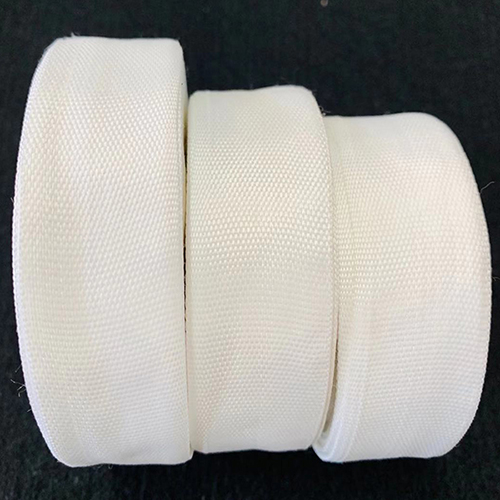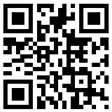The steps of printing. Many friends don't know how to do it. In fact, there are two methods. So the master of PP ribbon factory will let you know. Direct plate making method: the method of direct plate making is to first place the photosensitive film of the wrist plate base coated with photosensitive material face up on the working table, place the stretched wrist net frame flat on the film base, then put photosensitive paste in the screen frame and apply pressure coating with a soft scraper, remove the plastic film base after drying and filling, and attach the photosensitive film wrist screen for printing. After developing After drying, screen printing is made. Process flow: stretched screen - degreasing - drying - peeling substrate - exposure - development - drying - revision - blocking

There are two primary methods for coloring, one is to apply it to a wide range of dyeing (conventional dyeing), and the first is to treat it in chemical dye solution. The other method is to use paint to make the paint into tiny insoluble colored particles to stick to the fabric (dyeing of fibrous material stock solution is not included). Acid dyes are mostly suitable for protein fiber, nylon fiber and silk. It is characterized by beautiful color, poor washing degree and excellent dry cleaning degree. It is widely used in natural dead dyeing.

Direct dyes, suitable for cellulosic fabrics, have poor washing fastness and different light fastness, but the modified direct dyes will improve their washing color. Disperse dyes are suitable for viscose, acrylic, nylon, polyester, etc. The fastness to washing is different, polyester is better, and viscose is worse. Azo fuel (Naftol dye) is suitable for cellulosic fabrics. It has beautiful color and is more suitable for beautiful color and luster. Sulfide dyes are suitable, with dim color, mainly dark blue, black and brown, good light resistance and water washing resistance, and poor chlorine bleaching resistance. Long term storage of fabrics will damage fibers.

The second part of our knowledge of printing types. The printing of luggage webbing is a kind of process that I like very much. The first part of what I just said is followed by the second part, which is also very interesting. Let's enjoy it together. Glue printing of luggage webbing. After the emergence and wide application of glue paste in water paste, due to its excellent coverage, it can also print any light color on dark clothes, and has a certain gloss and three-dimensional sense, making ready to wear clothes look more high-end, so it is rapidly popularized, and almost every piece of printed T will use it.

The moisture in the air may cause spots in the car. When this kind of webbing contacts the clothes of passengers, the spots and colors on the luggage webbing will also be transferred to the clothes. Therefore, it should have anti spot fading characteristics, which is also called spot color fastness. The spot color fastness test includes multi fiber test and filter paper test. The multi fiber test is to clamp a sample of tissue belt between two layers of colored cloth. Immerse the mixed colored cloth into the vessel with distilled water and completely wet it. Then squeeze the water out of the extruder, and then clamp these colored cloth wrapped with selvedge webbing into the plexiglass sheet, put it into the sample holder, and lock the sample holder. This rack is placed in a high and low temperature box at a certain temperature, and after reaching the specified time. Take out the sample and hang the colored cloth.

Brocade ribbon wholesale The progress of process technology has brought about the upgrading of edging webbing products. In 1979, the trial production of the domestic generation SD9-9 rubber ingot belt was successful, which ended the history of rubber ingot belt products relying on imports. After the weft tube is formed by the yarn warp cylinder and weft winding, it is inserted on the fixed gear seat of the knitting machine, and the weft tube rotates along the 8-shaped track to draw the yarns to cross weave with each other. Heihe River customized Brocade ribbon Usually, the number of spindles is even, the woven tape is tubular, the number of spindles is odd, and the woven tape is flat. Spindle weaving technology has been applied since old China. The number of spindles varies from 9 to 100 due to different equipment.






